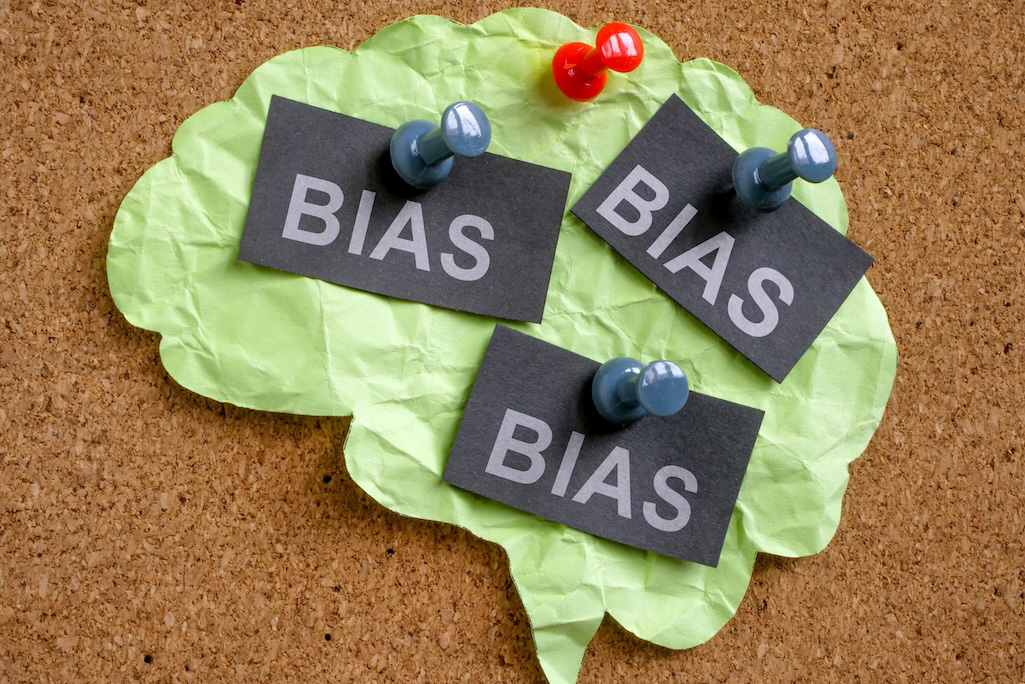At our All-to-All meeting on February 26, 2024, Equal Employment Opportunity Specialist Jon LeGaux from the Lab’s FAIR office presented a talk on recognizing and addressing implicit bias in recruitment. Implicit or unconscious bias refers to attitudes, prejudices, or judgments we unconsciously hold about people or groups.
The presentation started with an insightful and informative video entitled “Understanding Unconscious Bias” from The Royal Society, an independent scientific academy based in the U.K.
LeGaux cited some examples of implicit bias:
- Anchoring Bias – Relying too much on one piece of evidence, which can even be completely irrelevant.
- Confirmation Bias – The tendency to favor information that confirms beliefs or values we already have.
- Conformity Bias – Changing one’s beliefs based on “group think” or the opinion of others instead of using one’s judgment and opinions.
- Contrast Effect – A bias where we judge two things in comparison to each other rather than individually. In recruitment, this could be comparing two candidates to each other rather than to the criteria of the position.
- Halo/Horn Effect – The tendency to focus on a positive (Halo) or negative (Horn) aspect rather than making an objective decision based on all factors at hand.
- Affinity Status – The unconscious tendency to gravitate towards people with similar backgrounds, values, or beliefs
He then described some best practice strategies for addressing implicit bias during the selection process when recruiting new staff from the Talent Acquisition Team’s Talent Acquisition Playbook:
- Selection criteria should reflect the competencies, skills, knowledge, and abilities required for the position.
- Don’t eliminate candidates because they are not the right “fit.” What does that mean? Be objective and use the selection criteria to determine why someone is not the best-qualified candidate.
- Don’t begin the process with specific “ideal” candidates in mind. This may impact the ability of all qualified candidates to be fairly assessed.
- Pre-determining the selection criteria is a best practice to mitigate bias and align assessors with the position needs.
Check out FAIR @ Berkeley Lab for more information on how to identify and prevent discriminatory and harassing behavior in the workplace.
For more information on ATAP News articles, contact caw@lbl.gov.
